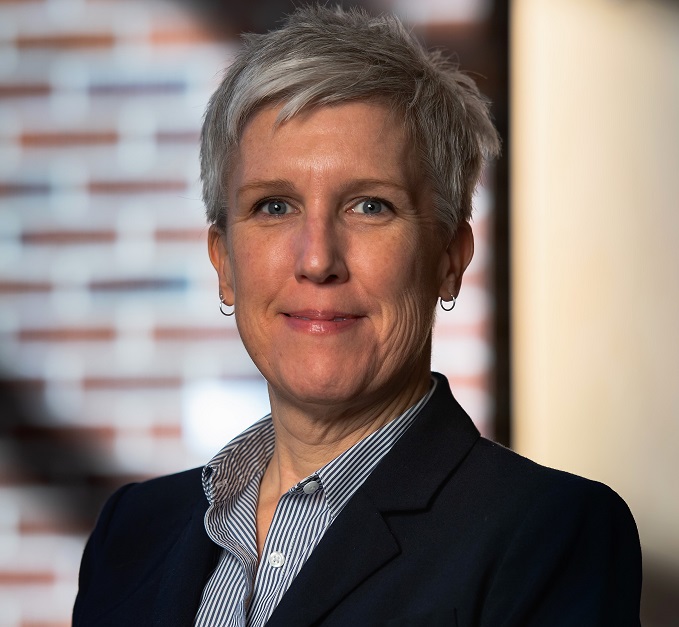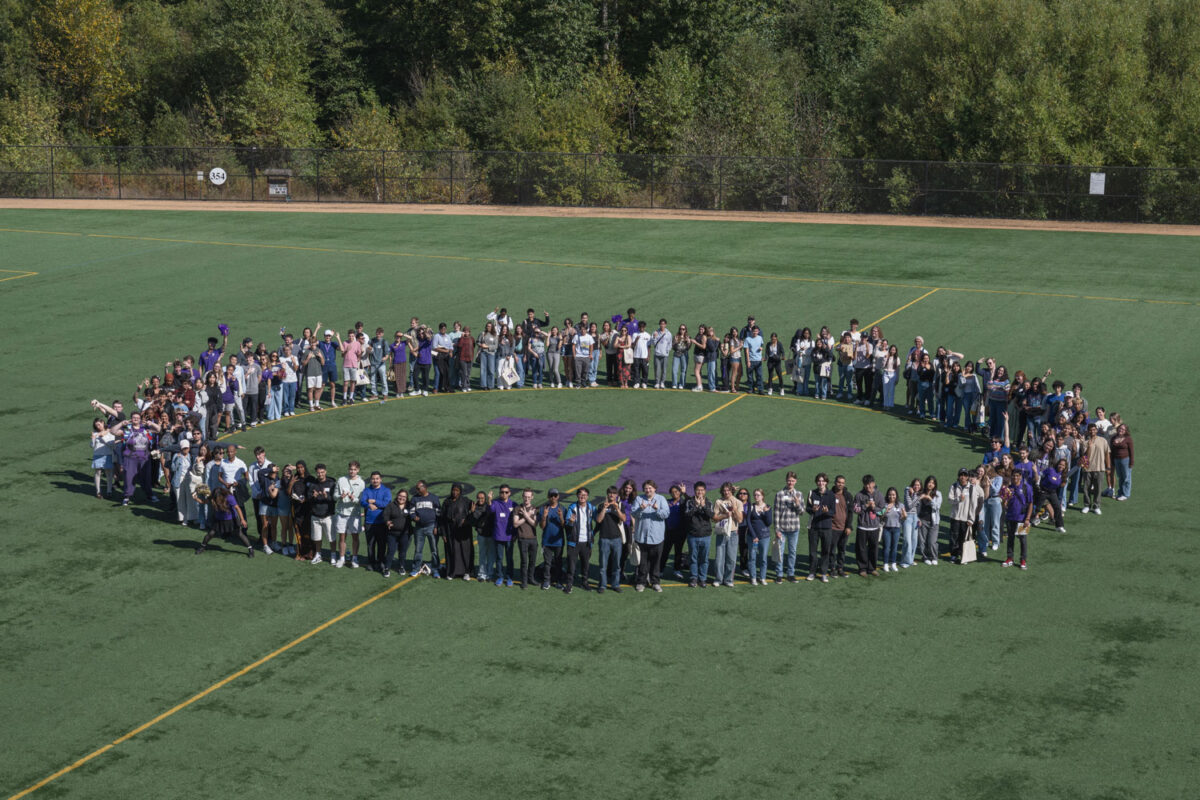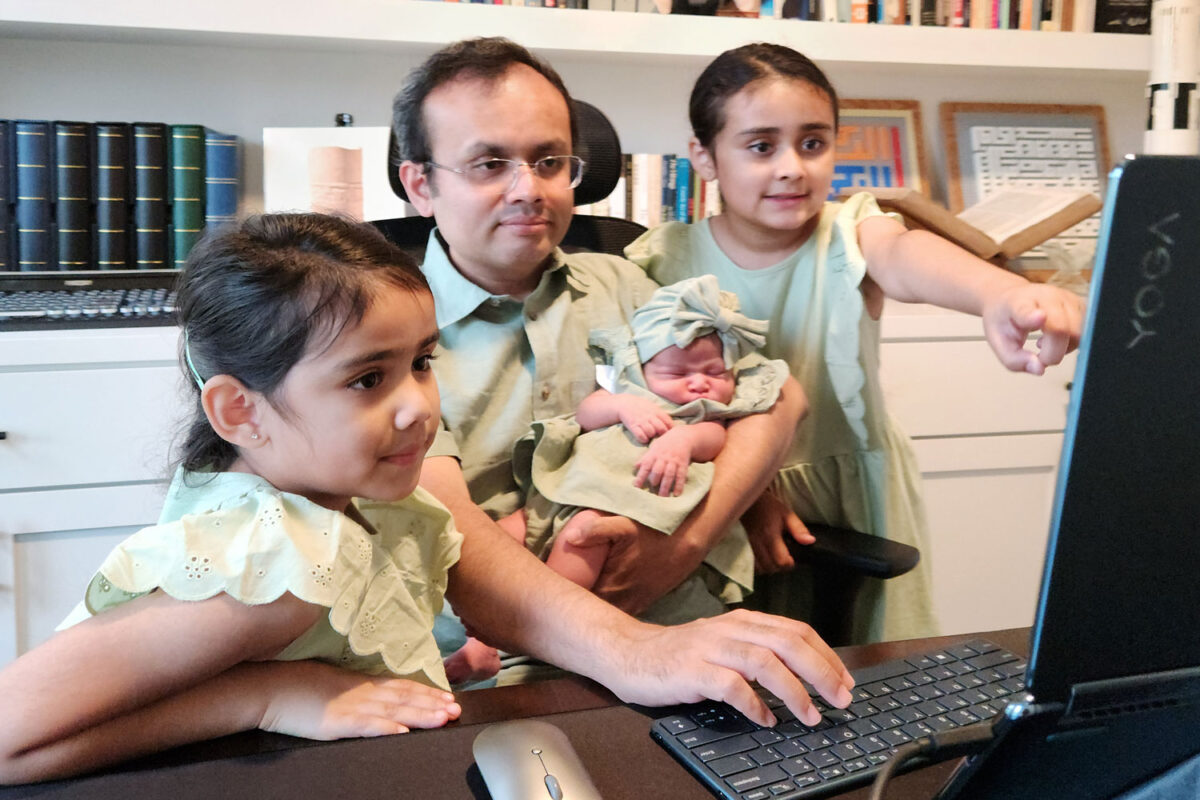
Penelope Adams Moon, acting director of online learning strategy at the University of Washington Bothell, was one of the experts who told Inside Higher Ed how the sudden, forced adoption of technology-delivered instruction will affect the well-being of professors and students alike. Read the entire roundtable originally published on Inside Higher Ed.
Q. What has changed in your (or your colleagues’) teaching practices as a result of the COVID-19 crisis? Did your institution’s (or your own) priorities or guiding principles for learners change? What is different for your learners?
A. One of our campus’s guiding principles is that we aim to provide access to excellence. In the wake of COVID-19, that principle has taken on new meaning. Whereas we once might have framed excellence in terms of attainment (e.g., rankings, publications, awards), this crisis has revealed that our excellence might actually not be measured by our proximity to perfection, but by our ability to iterate and adapt. Faced with a ridiculously short window in which to prepare, our faculty and staff are forging ahead with all the grace of a wobbly toddler — perfection be damned! They are jumping feetfirst into unfamiliar technologies and pedagogies with minimal training, aware that they will be iterating in real time in front of their students. They are emphasizing empathy and flexibility in their syllabi, more conscious than ever of their own need for such affordances. Right now, teaching excellence is more likely to take the form of granting students flexibility so that they can care for out-of-school children rather than handing them another tightly conceived assignment.
It will be interesting to see if this embrace of flexibility sparks a broader shift in higher education. For too long we have mistaken rigor for academic integrity when in fact, from a definitional standpoint, rigor simply means rigidity, severity and harshness — the exact opposite of the flexibility we so need during this crisis.
Q. How do you expect your ability to support learners through technology to be enhanced or degraded? Will the relationship between content and process change? With the “college at home” environment being the norm, how will you reimagine equitable access for students?
A. Three weeks ago, our CIO created a core emergency response team that’s been running at full tilt ever since. Issues of equity have been central to our work. We’ve ramped up of our equipment loan service and moved quickly to procure additional laptops and hotspots for underresourced students. We’ve stepped in to prevent panic buying of software and hardware, conscious of how such purchasing creates security issues, overburdens support staff and siphons money away from other crucial needs. We’ve stressed the need to minimize synchronous sessions as they disproportionately burden students and staff wrestling with low bandwidth and those needing to care for family members.
We’ve also thought about how to provide support more equitably. Our campus has traditionally been pretty decentralized, and faculty and students have been accustomed to highly personalized, bespoke support and training. That model has privileged those with time and access to campus and is ill suited for crisis situations. We’ve responded by streamlining our system for requesting support, cross-training staff and pivoting to a one-to-many support model. The one-to-many model includes, among other things, dynamic instructional and operational continuity pages, a student help page focused on remote learning and access to technology, live Zoom-based crash courses (recorded for asynchronous use), and a publicly accessible course template that enables faculty to focus on customizing, rather than building from scratch in the LMS. Our COVID-19 strategies will, I think, actually make our support more responsive and equitable moving forward.
Q. What possibilities are there for rebuilding or evolving your own institution on the far side of the COVID-19 crisis? Is this opportunity for growth through the crisis different for your other alliances (e.g., personal learning networks or higher-ed professional organizations)? What is your emerging vision for post-crisis higher education in general?
A. For me, this crisis has confirmed how much we need to refine processes across higher education. Bottlenecks and single points of failure abound. Professional and disciplinary provincialism inhibits collaboration and leads to costly duplication of effort. Cumbersome and redundant approval processes and governance structures limit our ability to be nimble and responsive to our community’s diverse array of needs. Our planning is more often performative rather than strategic. We consistently overestimate the capacity of faculty and undervalue the expertise of staff.
And yet the crisis has also offered glimpses of what could be — diverse teams mobilizing to creatively solve problems as they arise, bureaucratic hoops jettisoned so that common-sense action can proceed quickly, and academic and workplace constraints loosened to allow us all — faculty, staff and students — the flexibility we need to be productive colleagues, attentive caregivers and balanced human beings. I am hopeful that higher education will emerge from this crisis with fresh ideas and structures.



